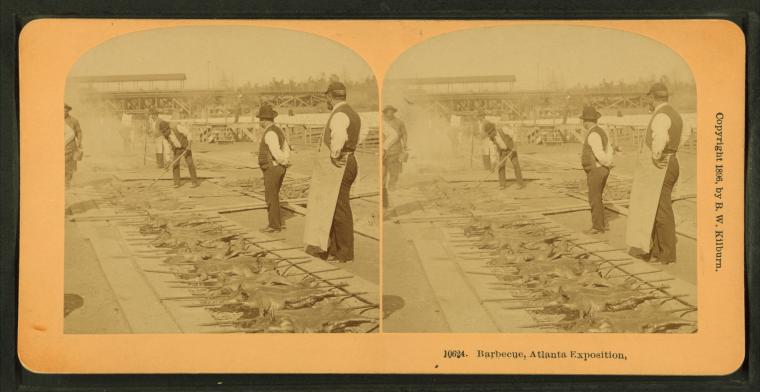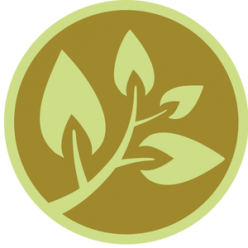This entry is part of the 52 Ancestors in 52 Weeks series. This week’s prompt is Dear Diary. To see other posts in this series, view my 52 Ancestors in 2019 index.
I haven’t discovered a diary written by any of my ancestors; however, I have long-enjoyed reading the journal of Rev. Alanson Wood Moore. Moore was an attorney and Methodist circuit rider in Franklin Parish, Louisiana. His transcribed and published diaries span the years of 1889 to 1908.
I’ve only discovered two or three distant cousins in Wood’s diaries, but he mentions my home community of Liddieville often. And — if you think about it — can’t a place be just as important to our identity as an individual ancestor?
My favorite entry Wood made about Liddieville summarizes the community’s Independence Day 1901 celebration:
4th July, 1901, Thursday
This is Independence Day. The pride of the heart of every true American. Barbecue at Liddieville in the “Ogden neighborhood.” It was a success. 27 carcasses barbecued. Sheep, beeves and hogs. 20 barrels of “baker’s bread.” Two ice cream stands where ice cream, lemonade and soda pop were sold. Two pumps supplied the drinking water. There were about 350 people in attendance. Everything went agreeably and pleasantly. Nothing to mar the pleasure of the day except the hot weather. The trees and undergrowth so thick all around that but little air could circulate to cool the sweltering people. Dinner for all and to spare of cakes, pies, custards and such edibles. Much praise is due to the “getters up” and managers of the entertainment. We must not forget the music. For it was faultless. It was rendered by the choir, which was taught and instructed and lead [sic] by Mr. D.C. Chapman, of whom it can be said, “He certainly understands the business and is equal to the emergency.” Dinner over, as many as could get in the church, were entertained by a 35 minutes [sic] lecture on the occasion and the importance of training the mind from infancy, by Rev. A.W. Moore [referring to himself], which was followed by a 20 minutes [sic] lecture on literature by Rev. A.S.J. Neill. The crowd dispersed to their respective homes.¹

The Miriam and Ira D. Wallach Division of Art, Prints and Photographs: Photography Collection, The New York Public Library. “Barbecue, Atlanta Exposition.” The New York Public Library Digital Collections. 1895 – 1896. http://digitalcollections.nypl.org/items/510d47e0-562a-a3d9-e040-e00a18064a99
The pits may have been level to the ground, similar to the barbecue method pictured above from the 1895 Atlanta Exposition. But I’m especially impressed with the ice cream. It was probably a significant effort to transport ice that far into the country and then churn the cream by hand long enough to freeze — and in such large quantities. Sounds like quite the party!
A month after this Fourth of July celebration, a union of Methodist and Baptists believers formed Beulah Church — and that congregation became Boeuf River Baptist Church (my childhood church) in 1911.² Maybe it all began with this neighborhood barbecue?
¹Barbara Guice Harris Tuttle, ed., The Diaries and Writings of Alanson Wood Moore, Winnsboro, Louisiana, 1889-1908 (Del Rio, Texas : self-published, 1983).
²John Dewey Horne, Liddieville.com (http://liddieville.com/brbc/history/ : accessed 16 Jun 2019), “Boeuf River Baptist Church: Our History.”
